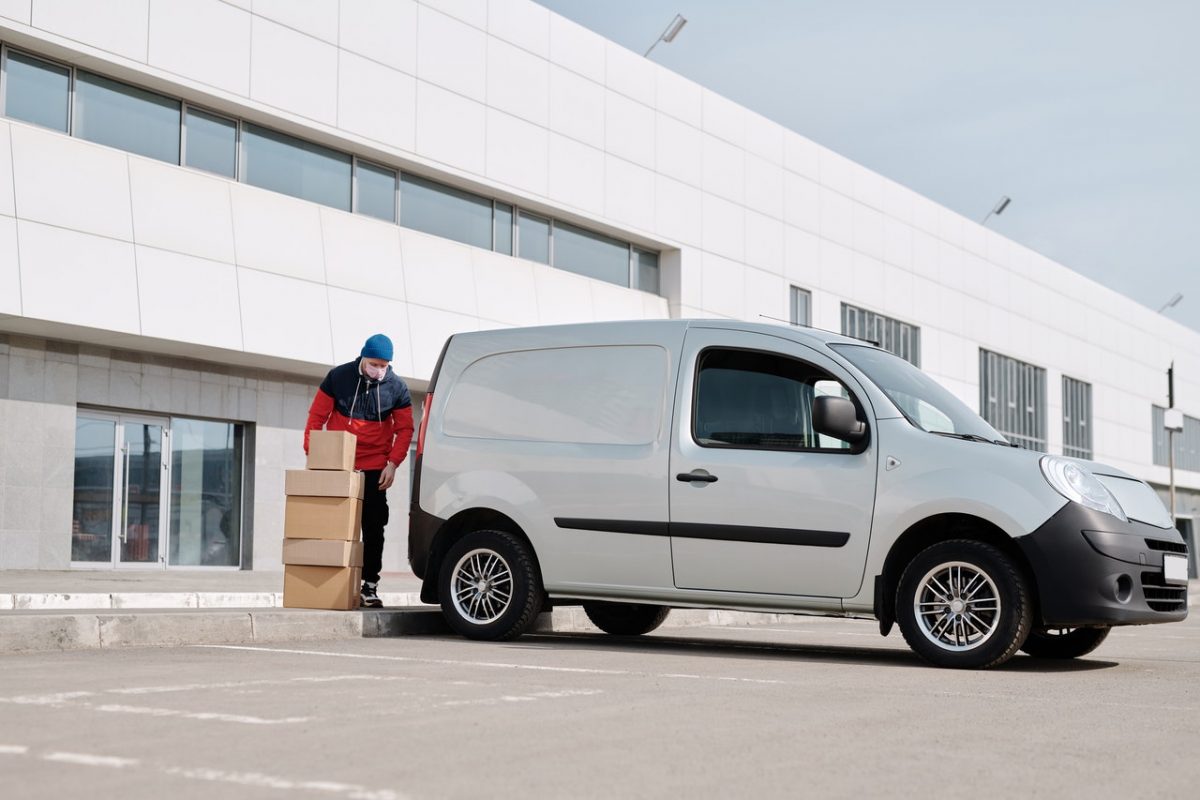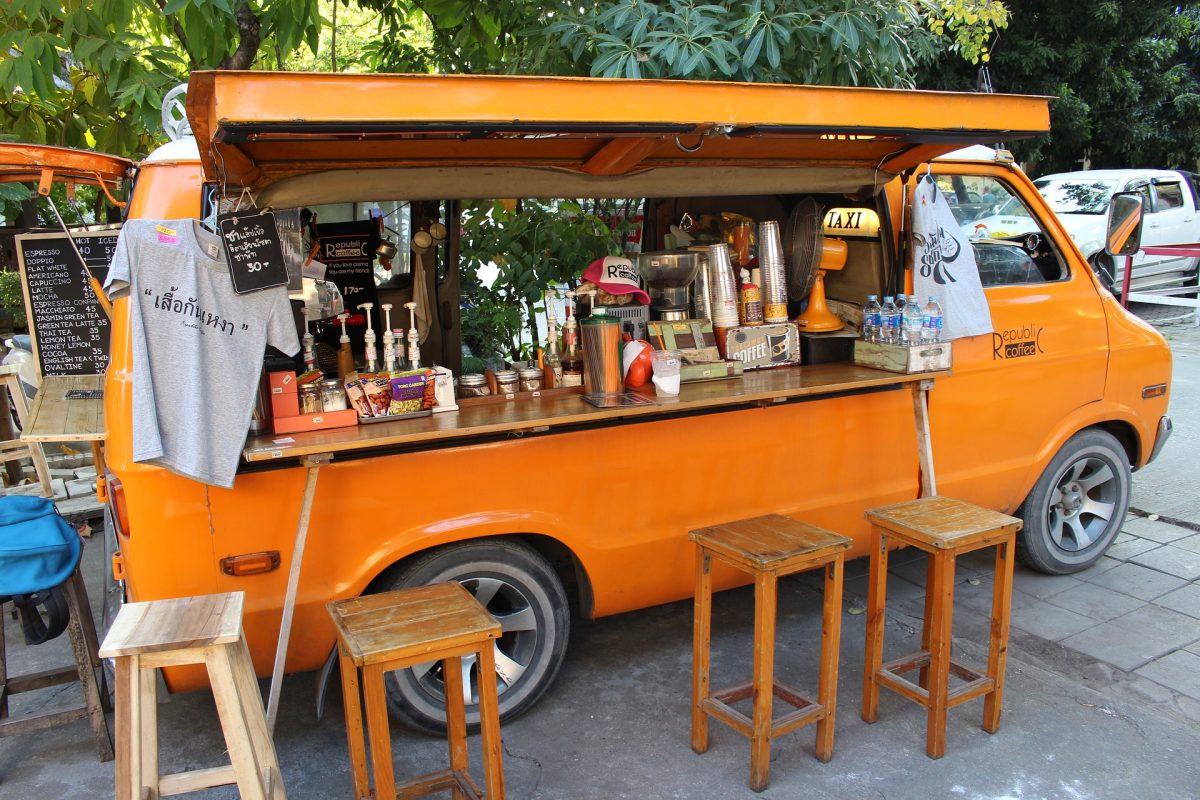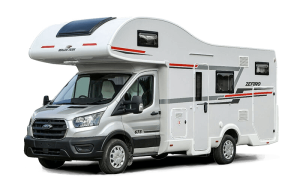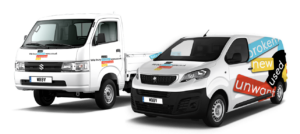Every car owner will come across a situation where their vehicle just isn’t suitable or practical for a journey they want to make. This isn’t a bad thing, if they recognise that before the journey and have time to find a better alternative. Trying to make do, however, can lead to a stressful experience and either leaving things behind or having to make multiple journeys. Neither is a great option.
A van can solve these problems – and opens up a world of possibilities should you decide it can be of use to you in the future. While they have plenty of advantages, one thing not to do is assume that driving a van is just like driving a car. These vehicles are very different in size, weight and feel. You have to be aware of different dimensions and factors driving a van that you wouldn’t when in a car.
Driving A Van

It’s not hard to learn how to drive a van – in many ways, it’s similar to driving a car. You’ll see the same controls and dashboard, the same pedals and gears, so the technical ability is similar. What changes is how you adapt to this new vehicle, which is the same process when you try a new car, van or any other vehicle.
How the vehicle reacts to your driving will take some time to figure out, and there are plenty of variables that can change this. Even smaller vans that you might feel are closer to cars than other models can’t be driven in the same way, and the sooner you learn and understand that, the easier you’ll learn what’s needed of you.
Keep The Size And Weight In Mind
One of the most obvious differences between driving a van and a car is the size of the vehicle. While different van models come in all shapes and sizes – much like cars do – it is unlikely you’ve swapped to a vehicle that is a similar size. This means the feel of the vehicle is going to be different from what you’re used to.
Vans can also carry a lot more than a car, and that’s going to add weight that also alters the driving experience. How that weight shifts, the kind of movements you can make, and even the routes open to you all have an impact on your journey.
From adhering to road restrictions to making sure you account for the increased fuel consumption, there’s a lot of variables to consider.
Be Aware Of What’s Around You
After driving a car for so long, you’ll be used to how much space you take up on the road, and any blindspots you might have while driving. Keeping an eye on other vehicles around you, regardless of who’s passing who, allows you to make sure there’s plenty of space between you.
The other part of this is remembering that vans are larger than cars, and that means some routes won’t be accessible to you. Think small country lanes, narrow city roads and even roads with low bridges. You’ll also need to think about where you can park and unload, too, as this needs more space than you’re previously used to.
Driving A Van Opens Up A Lot Of Opportunities

One of the reasons drivers switch from cars to vans is the opportunities they can get by doing so. Both cars and vans have their uses, but understanding which vehicle is better for work or the journeys you plan to make can save you time, hassle and money in the long run – and this isn’t something to ignore.
A New Range Of Jobs
Driving jobs are always in demand, but some require a specific type of vehicle to complete. For example, food delivery drivers can often do well in cars as the products being delivered don’t take much space, and the car can navigate city streets much easier than larger vans. Taxi drivers, too, benefit from the more efficient cars and the size of these vehicles works well with the size of streets – and parking spaces – needed.
Larger deliveries, where there are multiple products being delivered or transported, will benefit from a van because of how much can be delivered or completed in a single journey. This means less time driving an empty van and more completed jobs.
You Can Make Fewer, But Longer Journeys
Driving a van means you can transport goods over long distances – like a car – but with extra transport capacity. To transport the same amount of goods, or people, in a car would mean multiple trips. This means more time and higher costs to complete the same job. A van is more efficient in these scenarios.
With a little planning, you can take jobs to multiple locations and plan your route accordingly, making you even more efficient and spending less time in an empty vehicle that doesn’t make you money.
Conversions Can Make A Van Uniquely Yours

There are plenty of vans out there that offer the same thing, if delivered in slightly different ways. From the shapes, sizes and layout to efficiency and reliability, many van owners keep the vehicle as they are because it serves their purpose, but others find they can get better results with some conversion work to make their van really work for them.
Whether it’s for personal use or to make your work even more profitable, there are plenty of ways to convert your van into something truly different. It might be a camper conversion for a road trip, or installing a workshop to take your business everywhere you go. The possibilities are endless.
Can You Drive A Van On A Car License?
The short answer is yes. With a full car driving license, you can drive a number of vans that weigh up to 3.5 tonnes. These are smaller models of vans and are the easiest to adapt your driving to, while benefiting from the increased space these vehicles offer. Some models include the Ford Transit and Mercedes Sprinter, so you have an idea of what you can use.
However, a lot of the bigger van types are closer to 7.5 tonnes, and these vans cannot be driven on a normal car license. You will need to complete a specific course and a new license to drive these, such as lorries or heavy duty vehicles.
What To Do With Your Van When You Need A New One
Many van owners don’t look back once they’ve made the switch from driving a car to a van. If you started with a smaller model to get used to the change in driving style, it might become clear very quickly that you need a bigger vehicle to do everything you want effectively. Whether that’s hauling a bigger size or quantity, or just making longer journeys, there are plenty of vans to choose from that can meet your needs.
However, your van could be a good downpayment on a new model. Whether your van is roadworthy or broken, our team at We Buy Broken Vans want to hear from you, as we buy any vans you no longer need. Find out more about our service or get in touch with us with any questions.



